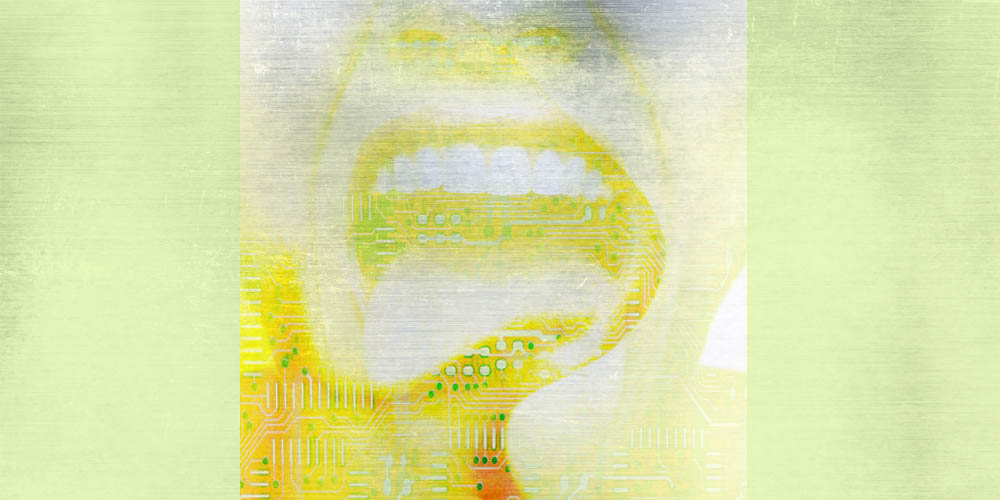In the digital era, the science and art of advertising is going through a fundamental transformation. According to eMarketer, in 2019 US digital ad spending will surpass traditional ad spend for the first time, driven by mobile advertising. Therefore, as advertisers embrace digital channels, there is a need for a robust, comprehensive framework that integrates advertising across channels.
Here are the 4 E’s of advertising in the digital age, co-created with seasoned advertising expert and creative director Carlos Tornell for a recent session on Digital Media and Entertainment at the Pepperdine Graziadio Business School. They provide a simple and robust way to introduce digital advertising, without simply tossing or ignoring the principles of advertising that have existed for decades. After all, traditional media like broadcast and cable TV will continue to exist. Rather, the 4 E’s below guide integrated campaigns that bridge traditional media and top-of-the-art digital media.
- Education
- Entertainment
- Engagement
- Experience
Education
In the last decades of the 1900’s, when TV advertising made its way into almost every home, business practices and advertising campaigns were product-centric, focused on educating consumers about differentiating features and benefits. Here’s a representative ad from the 1980’s.
As industries mature, companies increasingly introduce services to differentiate their products, and digital technologies enable products and services that were not available before. Therefore, education continues to be an important objective of advertising.
Entertainment
Another important role of advertising is to make a brand top-of-mind when the product or service category is elicited. Tornell says: “If your product or service is not that different from the other brands in the category, then, the way you communicate your benefit is the differentiator. And entertaining your consumer into buying your product is the most effective way to get loyal customers.”
There are many ways to entertain, but often it’s about storytelling that triggers emotions like humor, compassion, or tension. See for example, this controversial ad by Gillette about bullying, which has garnered more than 30 million views on YouTube since January.
Tornell adds: “In the digital era, entertaining ads are appropriate in TV, radio, and product placement in films and TV shows; also in digital channels like online video and social media where consumers seek entertainment, like Instagram and Snapchat.”
Engagement
The beauty of social media is that it allows advertisers to deliver content to specific market segments and then watch consumers interact with the brand. So if the objective is to engage with the consumer, then social media is a great channel to develop related campaigns. See this Coke South Africa example around happiness.
However, Tornell warns about naive social media ad campaigns: “A common mistake traditional advertisers or clients make is to try to insert a traditional ad in social media. Reality is, unless the ad is so incredibly entertaining, people won’t share a sales pitch.” Also, social media engagement is not the panacea of marketing as many have come to believe. According to RivalIQ, in 2018 the median engagement rate (percent of brand followers engaging with a post) on Facebook was 0.16%.
To improve engagement, a key best practice is to recognize that each social media platform can serve a different role. Instagram, for example, is about graphics and video, great for fashion and food industries. Facebook is about reach, although increasingly for the older generations. Twitter enables one-to-many posts and conversations.
Experience
The next generation of advertising techniques will leverage digital technologies that bring education, entertainment, and engagement together in the form of an immersive experience. For example, in the same way in 1966 Ford pulled off a major campaign by placing a Mustang on top of the Empire State building, today you can place almost anything in the building through immersive digital experiences, at a lower cost.
Anything, even King Kong. Squint/Opera digital studio developed a digital experience for visitors of the Empire State building, where King Kong is watching from outside the building. They used virtual reality, 3D space design, and animation to make it happen.
“Our focus was on promoting the iconic building itself, making the experience more engaging in order to increase the number of visitors. From the outset, we designed each media piece to impact visitors by blending creativity and technology, taking them on a museum-like journey spanning the Empire State Building’s entire history. The galleries include projections, animation, live-action elements, and immersive technology to deliver a multi-sensory experience meant to be captured and shared on social media, encouraging more people to visit,” says Holly Houghton, Executive Producer at Squint/Opera’s New York Studio. Notice the strategy to make the entertaining and immersive King Kong experience trigger social media engagement.
This kind of immersive brand experience is in its early days and it’s already surprising us. I will continue to report on it. For now, Tornell concludes: “When developing your campaign, the question you have to ask yourself is not ‘what media should I advertise on?’ but rather ‘which of the 4E’s work better to communicate my brand’s message?’. Then you develop your media mix accordingly. And remember: without a powerful, single-minded message and creative idea, no matter the media, your brand will be just noise in the cluttered consumer mind.”
Source: How To Advertise In The Digital Age? Follow The 4 E’s













